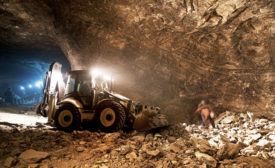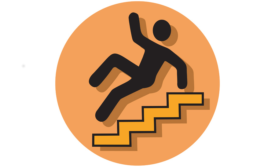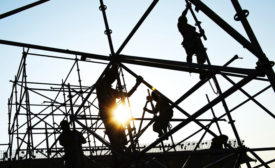News
With much of the U.S. in the grip of a heat wave-
REMINDER: Do NOT leave children unattended in a vehicle
July 19, 2019
A NIOSH Science Blog post
Does slip-resistant footwear reduce slips, trips, and falls in food service?
Read MoreA FairWarning Story
Staffing firm again cited for safety lapses after young temp worker loses fingers
July 18, 2019
Never miss the latest news and trends driving the safety industry
eNewsletter | Website | eMagazine
JOIN TODAYCopyright ©2024. All Rights Reserved BNP Media.
Design, CMS, Hosting & Web Development :: ePublishing









